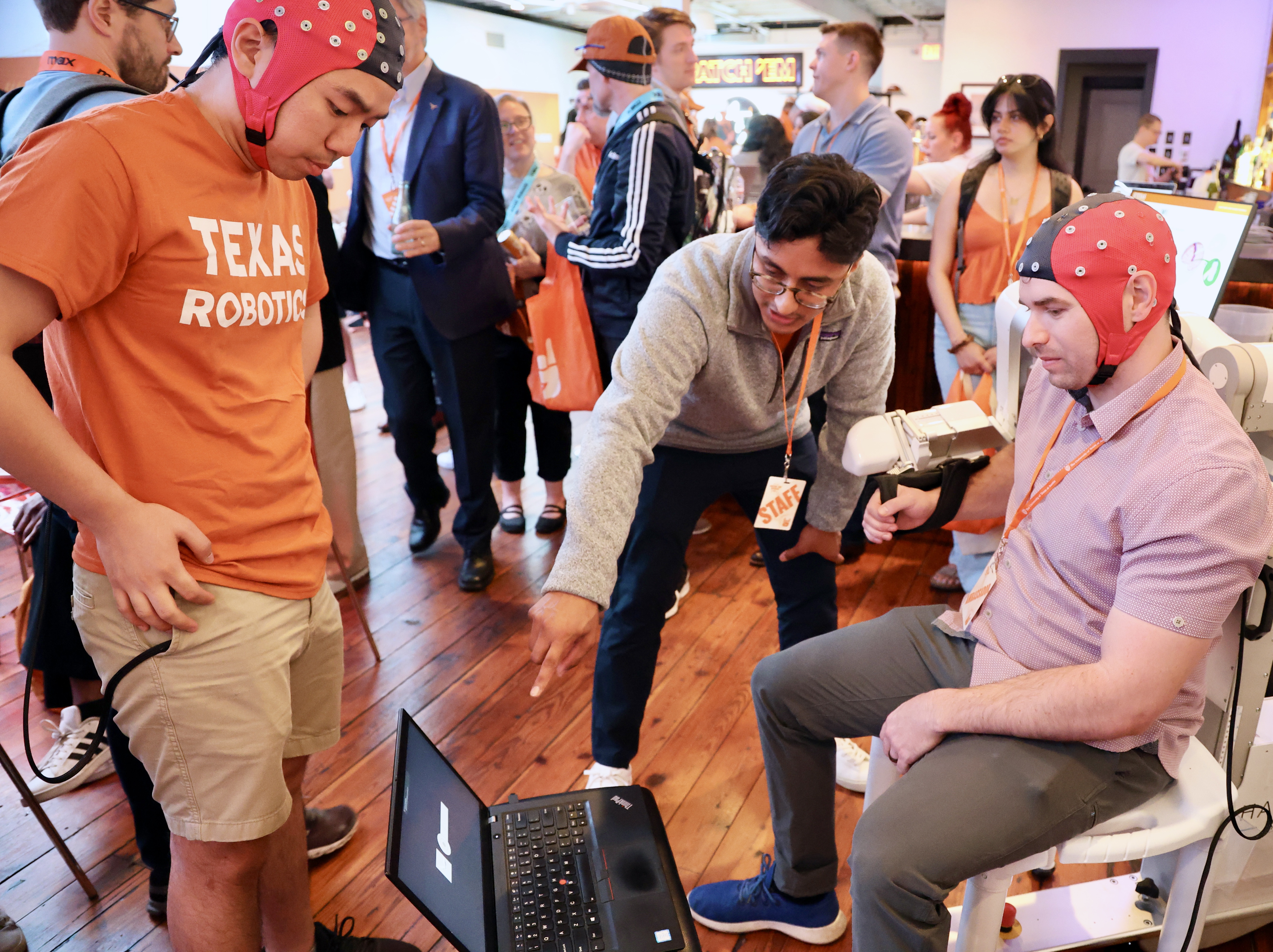Moriba Jah
From technology that works inside the brain to technology looking at space junk orbiting the Earth, astrophysicist Moriba Jah lead a discussion on “How the Tech That Tracks Space Junk Will Save Life on Earth,” on March 12 as part of SXSW Interactive.
Jah, professor of aerospace engineering and engineering mechanics at UT Austin, leads the Computational Astronautical Sciences and Technologies Group at the Oden Institute, digging into astro analysis, the motion of objects in space. He is also cofounder of Privateer which developed Wayfinder to track space objects.
Jah first encountered dark skies when he served in the military and was stationed at Malmstrom Airforce Base in Montana. “I grew up in Caracas, Venezuela, a city illuminated by lights, with limited opportunities to see a true night sky. On a good night, you might see the moon and a couple of stars and that’s about it.”
Jah says it was during his time in Montana that he truly discovered how jam packed space is with planets, galaxies, stars. “During my night shifts, I could see streaks of light go across sky and sometimes they would disappear. This sparked my interest in understanding more about human made objects that had been launched into orbit.”
Following graduate school, Jah’s first job was with NASA at the Jet Propulsion Laboratory and the Mars missions. It was during a trip to Maui for a conference that he encountered telescopes tracking objects orbiting Earth. “At the time 26,000 objects ranging in size from a cell phone to the space station were being tracked, of which 1200 were working satellites providing services and capabilities. But everything else was garbage, like 96%.”
According to Wayfinder, more than 27,000 pieces of human-made objects are currently being tracked as they orbit the Earth, but that number only includes objects larger than a softball. The actual quantity of space debris 1mm+ is estimated to be closer to 100 million. According to Jah, more satellites than ever before are being launched each month, satellites that fuel our daily life on Earth to enhance communications, predict climate and weather, and run financial systems, such as ATMs and point-of-sale transactions.
With tens of thousands of pieces of junk orbiting Earth, Jah has developed technology called Wayfinder which seeks to identify and map where each object is orbiting the Earth at any given time. Jah explained that 9 out of 10 useful satellites are located in an area called low Earth orbit, as is most of the junk. Objects in this zone move at about 17,000 miles per hour. He said even an object as small as a bullet can cause serious issues if it collides with another object moving at that rate of speed.

